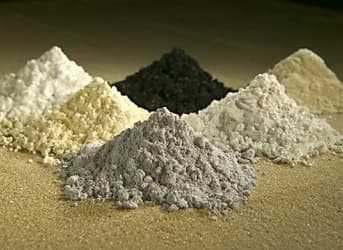A glut of manufacturing capacity and near-collapse in rare earth metal prices is driving down the cost and hence encouraging the rapid take-up of light-emitting diode (LED) lighting.
LED lights are based on semiconductors and therefore do not require traditional lamp manufacturing expertise. This has opened opportunities for LED chipmakers to challenge the incumbent incandescent light bulb manufacturers such as Philips, Osram and General Electric (GE), who have enjoyed a near-monopoly of the market according to an FT article.
The Financial Times believes LED technology is reaching a tipping point, particularly for the commercial sector, as price declines bring forward the payback time on the initial cost of investment. According to McKinsey, quoted in the article, LEDs are set to account for 41 percent of the overall value of the lighting market in 2016 and 63 percent by 2020, versus 12 percent last year.
Lighting is one of those facets of modern life that we rather take for granted, but it is a huge consumer of electricity and LED lights consume a fraction compared to traditional incandescent lights or even fluorescent lights, which are themselves capable of up to 75% savings in power over incandescent.
Lighting accounts for 19 percent of global electricity consumption, so changes that slash the energy consumption of the sector could have a significant impact on electricity demand.
One factor holding back earlier adoption has been price. Although LED lights can last up to 50 times longer than an incandescent bulb, upfront costs have been prohibitive, so far. As production capacity rapidly rises and the rare earth metals yttrium, europium and terbium have fallen in price, the cost of manufacture has come down, speeding uptake.
According to Tasman Metals, a mining company in the sector, LEDs present many advantages over both incandescent and compact fluorescent light sources, including lower energy consumption, longer life, improved robustness, smaller size, faster switching, and greater durability and reliability.
Rare Earth Phosphor-based LEDs have an expected life of 50,000 hours and some are sold with five-year warranties, but so far the capital cost has inhibited uptake as quickly as the industry hoped. But overcapacity is forcing manufacturers to drop prices and raw materials, in the form of rare earth elements, have dropped to a third of where they were a year ago, according to the MetalMiner IndX?.
The unique combination of rare earths and semiconductor technology is also opening up the possibility for lighting, at least LED lighting, to mimic sunlight and colored tones rather than the harsher tones of conventional bulbs, which in turn opens up possibilities for lighting to be so much more than just a utility service.
Lighting manufacturers may be going through a competitive period of re-adjustment, but REE demand will benefit from the growth of an industry with plenty of potential.
By. Stuart Burns



















If LEDs save 75% of energy relative to incandescents, that means they are almost as energy-saving as the fluoresecent tubes that are used almost universally now, that save 80%.
Forget incandescents, they belong to history, they are popular only with people trying to talk up LEDs :)